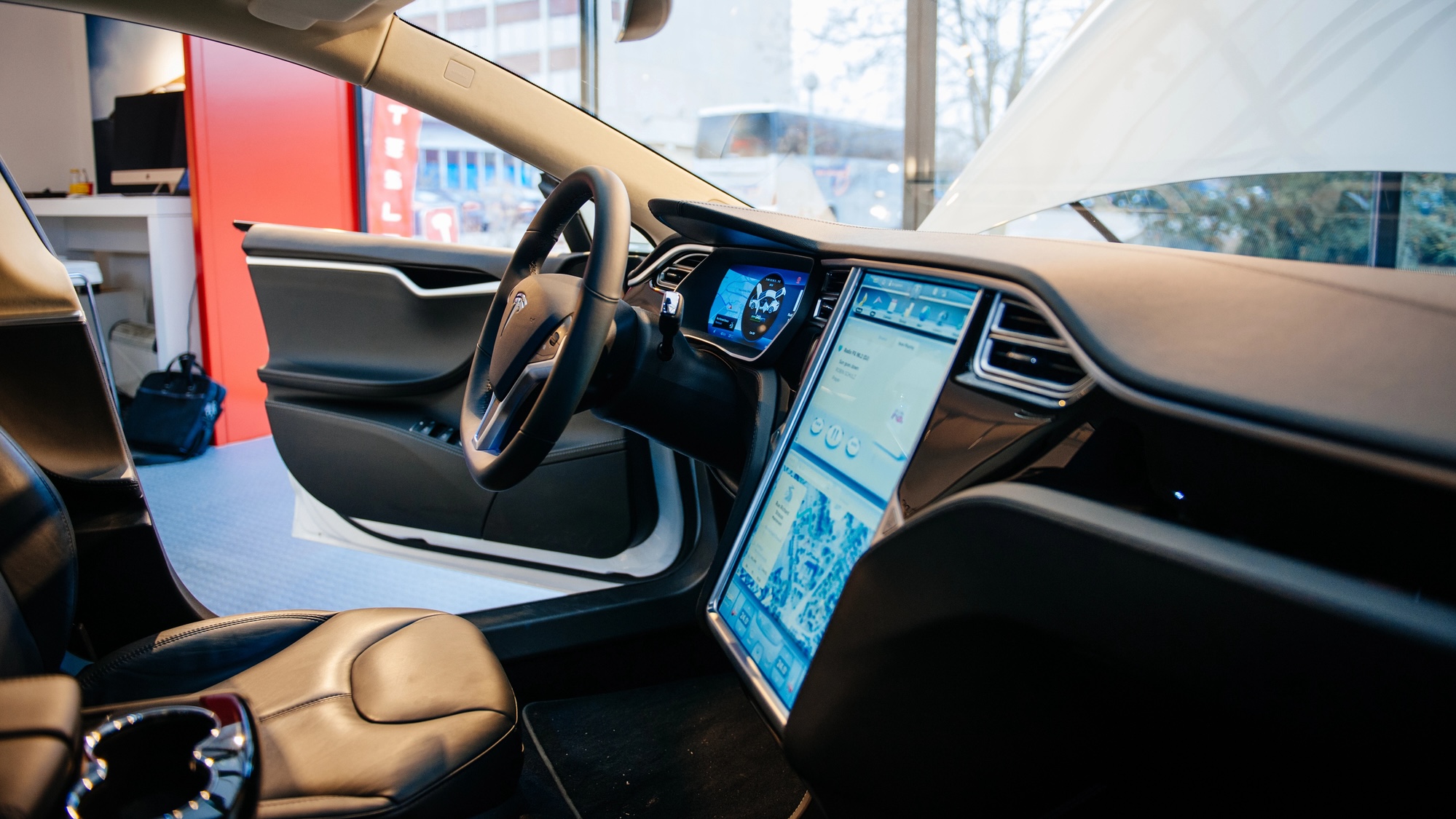

Full Self-Driving technology still doesn’t live up to its name for Tesla owners, but Elon Musk’s company is committed to plowing forward with its next plans. Musk has already promised to reveal its long-rumored Tesla robotaxi on August 8 (although audiences may want to take that date with a grain of salt). But if Tesla’s autonomous taxis do ever make it onto public streets, they are going to require regular cleaning between trips spent ferrying around passengers—something Tesla also wants to outsource to robots.
The plans are detailed first posted to X on June 30 by an account dedicated to tracking tech company patents. According to the 67-page filing in February 2023 with the World Intellectual Property Organization and only recently revealed by a patent researcher on X, Tesla intends to integrate systems dedicated to “controlling environmental conditions in enclosed spaces,” specifically its future fleets of self-driving electric robotaxis.
$TSLA #Robotaxi
— SETI Park (@seti_park) June 30, 2024
Tesla's patent WO2023/163943A1 presents a system and method for automatically sanitizing enclosed spaces, particularly vehicle interiors, that can be shared by multiple people.
The core of this patent is detecting the current environmental conditions of the… pic.twitter.com/Mh5Q6oITak
“[A]n automobile providing transportation throughout the day for multiple persons provides lower transportation costs and environmental footprint than an automobile used by only one person for personal commute,” patent filers wrote.
Those shared spaces, however, can get pretty dirty. Tesla’s patent authors argue current, human-directed cleaning methods “can be time-consuming, laborious and lead to unsatisfactory sanitation conditions.” Additionally, they claim that it can be difficult to confidently verify a space’s cleanliness even after wiping it down.
But in keeping with Tesla’s ethos, the company’s potential solution involves stuffing robotaxis with even more tech—specifically a combination of image, thermal, acoustic, pressure, radio frequency, gas, and/or capacitive sensors. Once it detects passengers are no longer inside the vehicle, cleaning systems themselves could involve everything from blasting the interior with disinfecting UV lights, to sterilizing an EV through heating plates that raise internal temperature as high as 132-degrees Fahrenheit for as long as 30 minutes. This might not kill extremely pernicious bacteria and viruses, but it could certainly eradicate certain strains after that long, including COVID-19.
[Related: Dead Teslas keep locking owners out of (and inside) their cars.]
Any effective sanitation system would need to access all those hard-to-reach spots inside a car, and Tesla’s patent application also includes a number of possible ways to go about it. In one scenario, for example, a robotaxi that detects an inappropriate level of grime could drive itself to a standalone cleaning station, where yet another external robotic system handles precision cleaning. In another example, the robotaxi shifts its seat positions to expose hidden spaces to its UV, heating, or other disinfectant tools.
Of course, this all presupposes Tesla actually achieves fully autonomous vehicle technology (which it hasn’t), deploys the system in a fleet of robotaxis (that don’t exist yet), and convinces paying travelers to entrust self-driving cars with their lives (which isn’t a certainty). Even if enough people are fine with riding in the passenger seat of a self-driving Tesla, they still might hesitate if there’s even a slight possibility the EV could mistakenly think it’s empty, then subject its human inhabitants to (at the very least) an unpleasant experience.
And while you might think it’s easy to simply exit a robotaxi in those scenarios—multiple people recently found themselves locked inside their own Teslas because of a dead 12V battery. Knowing this, the thought of strapping into a self-cleaning robot on wheels may remain a hard sell.
